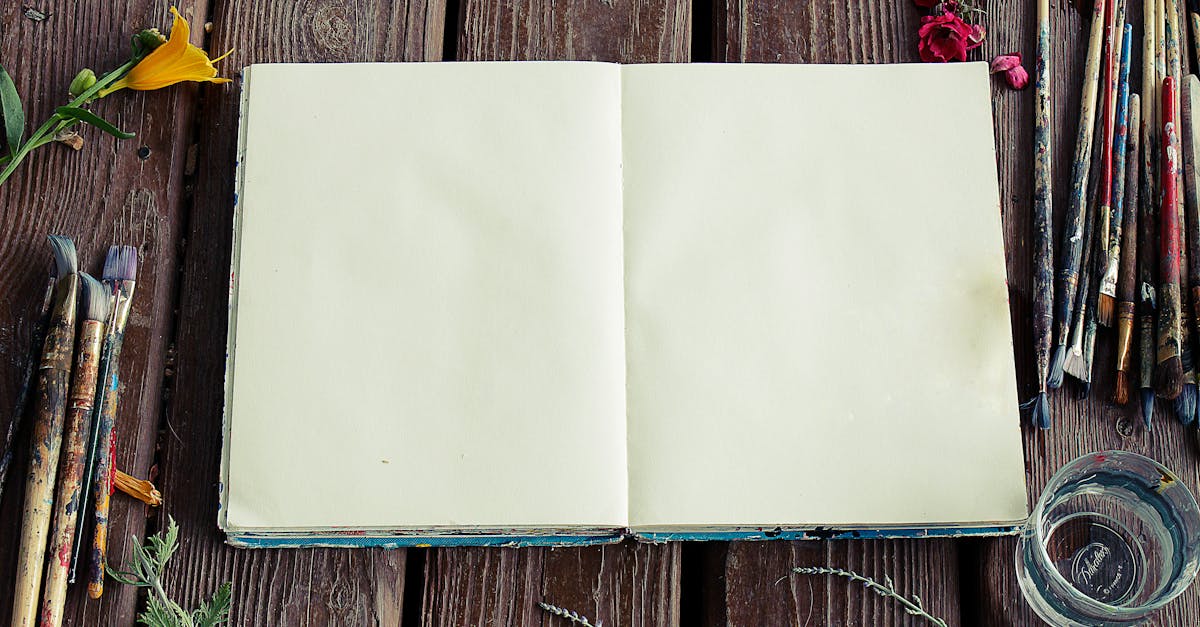Mastering the art of painting requires a deep understanding of various tools and techniques. Whether you prefer the delicate translucency of watercolors or the rich vibrancy of oil painting, honing your skills with the right tools can elevate your artwork to new levels of excellence. In this article, we’ll explore the essential tools and techniques for watercolors and oil painting, focusing on how these mediums can be used to create awe-inspiring works of art.
Watercolors: Techniques and Tools
Watercolor painting is a popular medium known for its luminous and transparent qualities. To achieve stunning watercolor effects, artists must utilize the right tools and techniques:
1. Brushes: Watercolor brushes come in a variety of shapes and sizes, each serving a unique purpose. Round brushes are ideal for detailing and layering, while flat brushes are perfect for covering large areas with washes of color. Experimenting with different brush shapes can help you achieve a wide range of effects in your watercolor paintings.
2. Paper: The quality of watercolor paper can greatly impact the final result of your painting. Choose a heavyweight paper with a textured surface to prevent buckling and allow the paint to flow smoothly. Cold-pressed paper is a popular choice for its balance of texture and absorbency.
3. Wet-on-Wet Technique: One of the most distinctive techniques in watercolor painting is the wet-on-wet technique, where wet paint is applied to a wet surface. This technique creates beautiful blends and soft transitions between colors, making it ideal for creating dreamy landscapes and atmospheric effects.
Oil Painting: Techniques and Tools
Oil painting is a versatile medium known for its depth of color and rich, buttery texture. To achieve striking oil paintings, artists should master essential techniques and use the right tools:
1. Oil Paints: High-quality oil paints contain pigments suspended in linseed oil, creating a smooth and luscious consistency. Invest in artist-grade oil paints for vibrant colors and superior lightfastness.
2. Brushes: Oil painting brushes come in various shapes and bristle types, each suited for different applications. Hog hair brushes are ideal for laying down thick, textured paint, while synthetic brushes are great for finer details and smooth blending.
3. Impasto Technique: The impasto technique involves applying thick layers of paint to create texture and depth in your oil paintings. By using a palette knife or a stiff brush, you can build up layers of paint to add physicality and expressive energy to your artwork.
Conclusion:
Whether you prefer the subtle nuances of watercolors or the bold expression of oil painting, mastering the tools and techniques of these mediums is essential for creating stunning works of art. By experimenting with brushes, paper, and painting techniques, artists can unlock endless possibilities for creativity and innovation in their paintings. So, grab your brushes, pick up your paints, and embark on a journey of artistic exploration through the captivating worlds of watercolors and oil painting.


